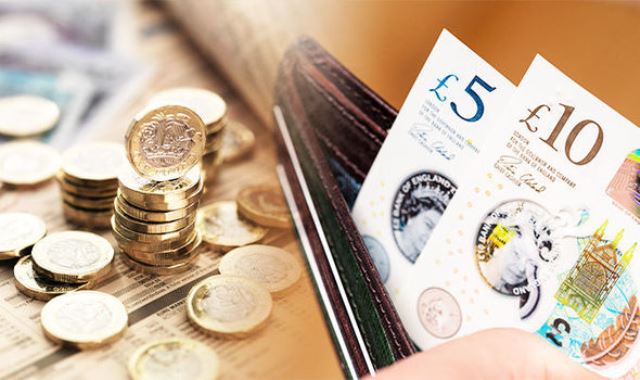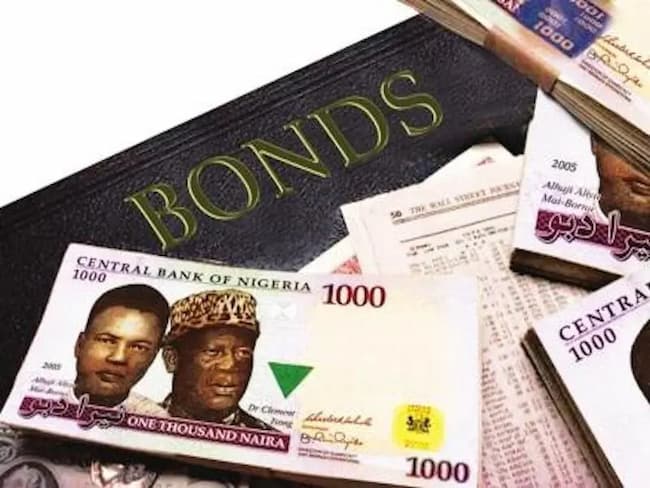Sterling slid to its lowest level since June 2017 on Friday as a stronger dollar and continued concerns that Britain could leave the European Union without a trade deal pushed investors to sell pounds.
The British currency dropped 0.8 percent to as low as $1.2723, roughly in line with the dollar’s large rise against a basket of major currencies.
According to Reuters, the dollar surged on Friday after an investor rush into safer assets on fears of a broader market contagion from a dramatic slide in the Turkish lira.
Sterling has lost 3 percent of its value in August, including 2 percent this week. The pound is headed for its worst weekly performance since February.
Official data on Friday showing Britain’s economy picked up some speed in the second quarter – growing at an expected 0.4 percent after a winter slowdown – provided brief support to the currency.
But the data also pointed to an economy losing momentum in June, and analysts say political worries about Brexit negotiations will keep the pound under pressure.
“We continue to recommend GBP downside until the political impasse is behind us,” analysts at Nomura said, forecasting a sterling/dollar at $1.27 and below. The bank said pound weakness was less likely to come from the euro/sterling exchange rate.
Against the euro, the pound has held up far better as demand for dollars has kept the euro on the back foot.
The pound traded up 0.1 percent to 89.865 pence per euro, above its recent 2018 lows of 90.30 pence.
Sterling has been pushed lower as investors rush to protect themselves from further weakness in the run-up to Britain’s exit from the EU next March.
While most investors still expect Britain to secure a trade deal with the EU, the risk of no deal is rising.
Warnings this month from Bank of England Governor Mark Carney and trade minister Liam Fox, that the prospect of a no-deal Brexit was growing, triggered the recent slide.
Sterling/dollar three-month implied volatility – a gauge of how volatile traders expect a currency to be – this week spiked to its highest since early March.
Barclays said Friday’s GDP data showed that the British economy’s second-quarter rebound only offset the first-quarter weakness.
“The quarterly pace of GDP growth increased but the weak underlying trend remains,” Barclays analysts wrote.














